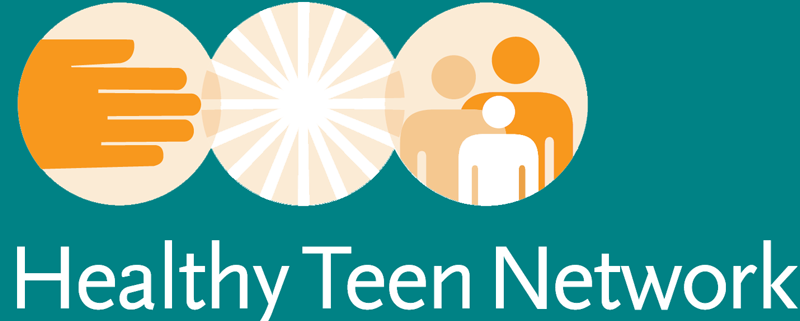Plan
What is your plan for getting started: who, what, when, where, and how?
The planning process will act as a road map or blueprint to follow to reach the destination of success. How well you plan prior to implementing will determine how smooth the program will run. Before implementation, your plan should include everything from your hiring process to how you plan to train your staff. During implementation, the planning method should include details such as the start date, the responsibility of the staff, and more. Your plan to evaluate the program should include the evaluation methods you plan to use, such as evaluation tools, observation activities, or surveys. Your plan should bring together all of the decisions you’ve made in the previous stages and help get your team ready for implementing, monitoring, and evaluating the selected program. At this point, you should have selected a program, planned adaptations if needed, completed the logic model, and outlined a detailed plan for implementing your program.
What if I’m already running a program?
If you are looking to improve or expand an existing program, complete a detailed plan for strengthening program implementation, complete a realistic program budget, and lastly confirm that your program is appropriate for your youth, your community, and your desired goals and objectives. (See also: Framework)
Benefits to Planning
Some of the benefits of creating a detailed plan for your program are the ability to document new details in your plan you hadn’t thought about before, re-think your existing plan more critically, and perhaps strengthen your implementation. Your plan will also help develop additional clear markers for success.
Tasks to Develop a Plan for Your Program
- Develop a work plan.
- Confirm your program is culturally appropriate.
- Finalize your program selection.
What’s Next?
What If I’m Not Ready for This Step?
Resources
Healthy Teen Network Resources
- Capacity-Building Assistance, Training, TA, and Other Services
- What’s In Your Toolbox? GTO Webinar Series

